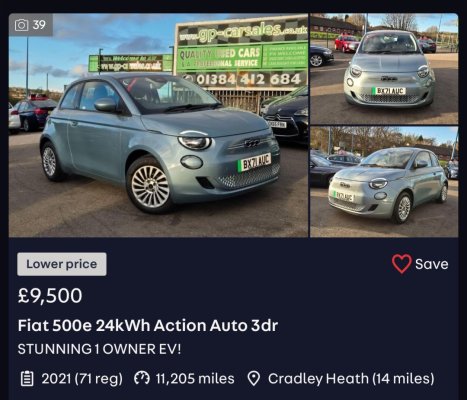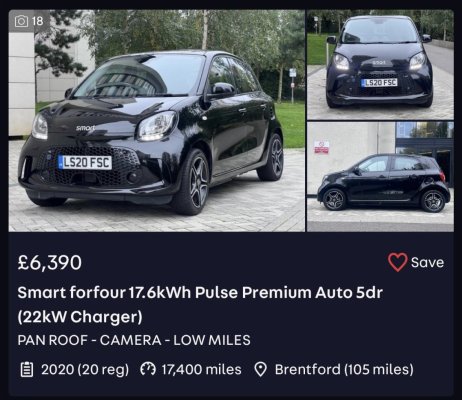That’s equally true for drivers of small cars wishing to travel an exceptionally long distance, and for drivers of large cars (or cars with local emissions) entering city centres by exception. In either scenario you use the right tool for the job.
Modern small ICE cars do long distances quite well. And quite economically.
We used to have a single car - a two seater. And we used to hire larger cars when we needed them. We don't do that any more. Much of the time the rental works OK. But you tend to remember the times when it doesn't - such as no availability of the car type you booked and that large saloon turns into a Micra. I used to dread the cheery call just before a hire - or on arrival the over friendly agent - about top tell you there was a problem. You learned after a while to avoid pickups on a Saturday or first thing in the morning. Or after snow and icy weather. Then there are the variable costs. I used to have a rate agreed with local hire car station a few years back - but these days the local managers don't negotiate so you're stuck with the variable internet rates which can be a bit polarised in terms of value.
We still have a two seater.
We use buses and trains a lot. And also cycle.
But. I own a large SUV basically because (a) I can; and (b) I am an idiot; and (c) I cannot be bothered with the hassle of not having it.
For most people the size of a car is about status - or perception of need. I would assert most cars are bigger and more expensive than the owners need them to be.
The real trick is not to own one in the first place.



